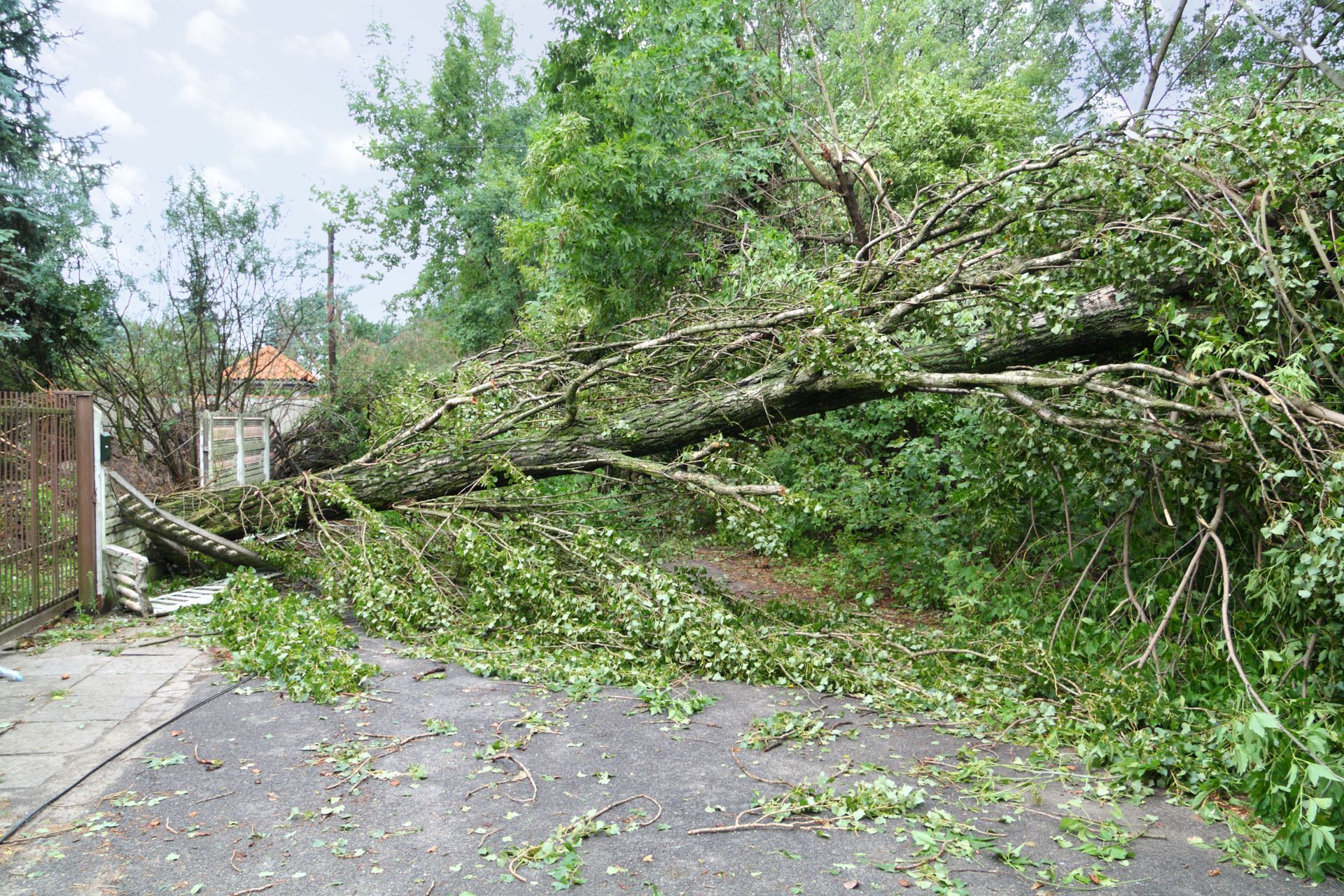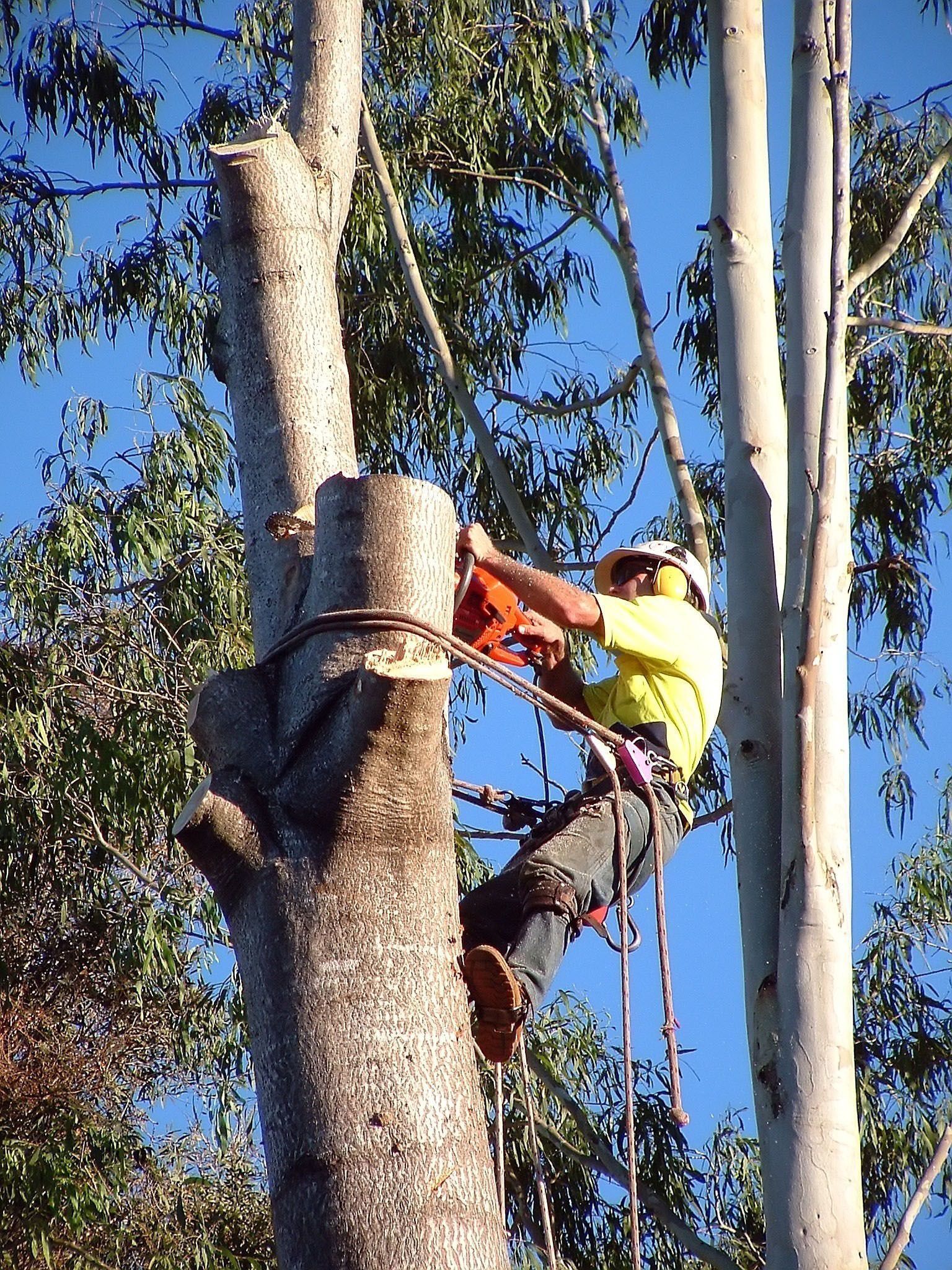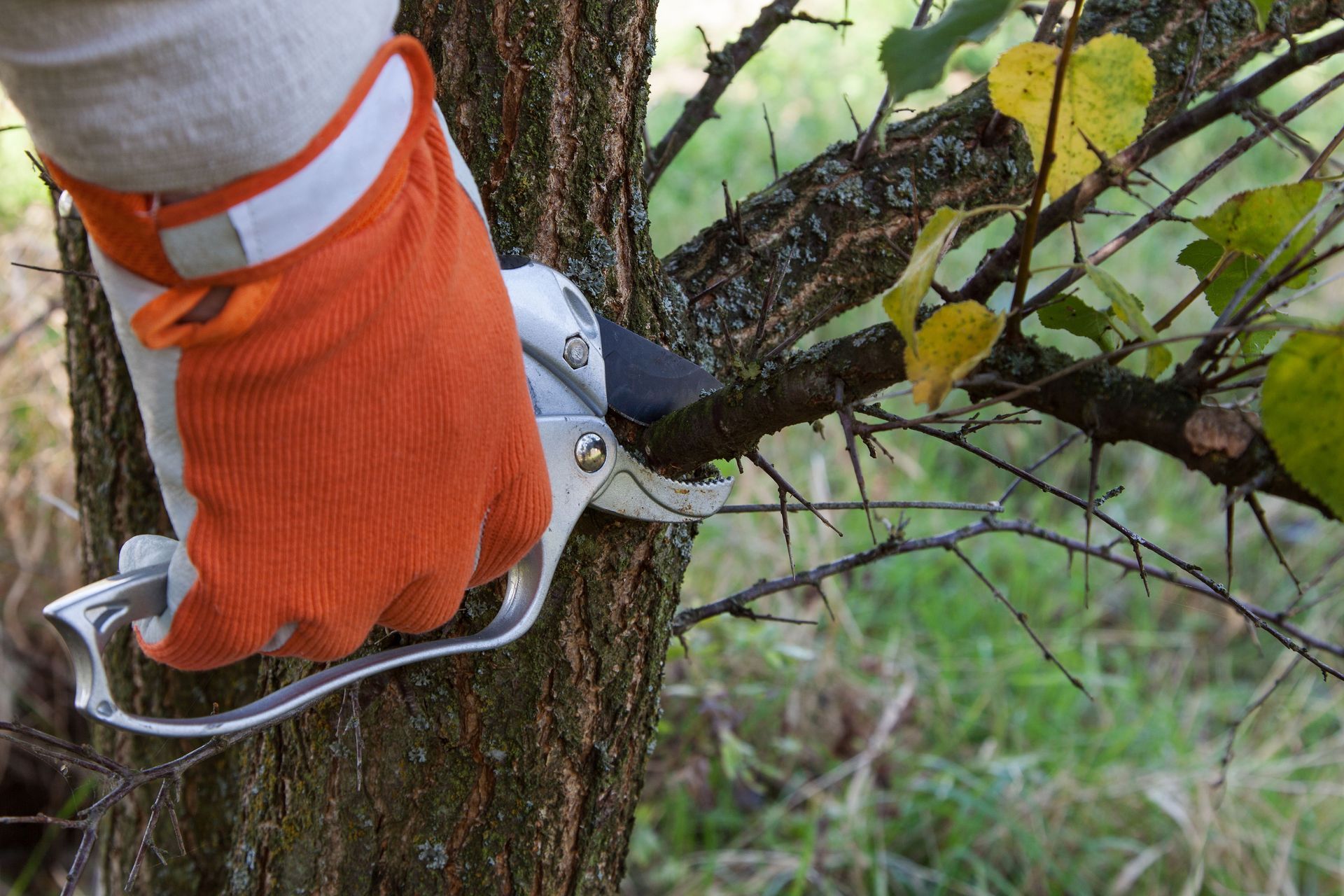Tree Damage and Insurance: 3 Things Homeowners Need to Know About Coverage Limits
When it comes to tree damage, homeowners often find themselves caught off guard by the limitations of their insurance coverage. While trees can enhance the aesthetic appeal and value of a property, they can also pose a significant risk during storms or due to natural decay. Understanding what your policy covers before disaster strikes is essential for homeowners who want to avoid unexpected out-of-pocket expenses. Let’s walk through three important things you should know about tree damage and insurance coverage limits.
1. Reading Your Insurance Policy Carefully
First things first, it’s crucial to read your insurance policy carefully to understand exactly what tree damage it covers. Most standard homeowners' insurance policies handle damage caused by specific events like storms, fires, or vandalism. But damage that results from neglect or poor maintenance usually isn’t covered. Even if your policy does cover tree damage, coverage limits can vary a lot. So, take the time to check your policy details, and if needed, think about adding extra coverage to fill in any gaps.
2. Understanding Costs of Tree Removal and Recovery
Next up, the cost of removing a damaged tree and cleaning up afterward is something many homeowners underestimate. According to the McMahon Insurance Agency, most policies cover only about $500 to $1,000 for tree-related damage. But the real cost for a professional tree removal service and cleanup can range from $200 to $2,000 or more. Hiring a reliable tree removal service not only ensures the job is done safely but can also save you money in the long run by preventing further damage. Knowing this ahead of time helps you avoid surprises and plan your finances better. It might also be worth discussing with your insurance agent if additional coverage options are available to cover those higher costs.
3. Knowing What Repairs Your Insurance Covers
Finally, it’s important to know which repairs your insurance policy will actually pay for after a tree causes damage. Typically, insurance covers repairs to your home itself, but may exclude other structures like fences, sheds, or landscaping unless your policy specifically includes them. This is why assessing your property’s unique risks and reviewing your coverage with a professional is so important. If a fallen tree requires a tree removal service to clear the area quickly, it’s good to know if your insurance will cover that expense. This helps make sure you’re not left footing the bill for repairs or replacements that you thought were covered.
Being informed about your insurance limits on tree damage can save you a lot of headaches and unexpected expenses. By understanding your coverage, addressing any shortfalls, and taking proactive steps, you can protect your home and peace of mind. If you find yourself needing help with cleanup or dealing with storm damage, hiring a trusted tree removal service can make all the difference. Contact Quality Tree Service today to get the support you need to keep your property safe and beautiful.




